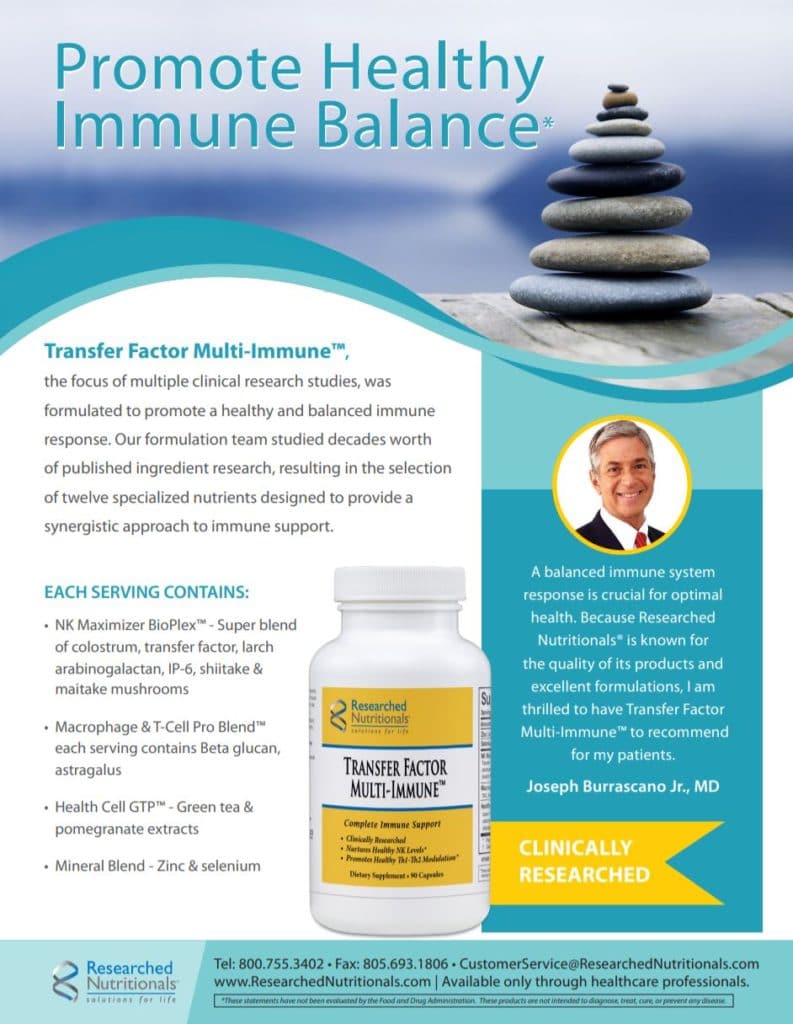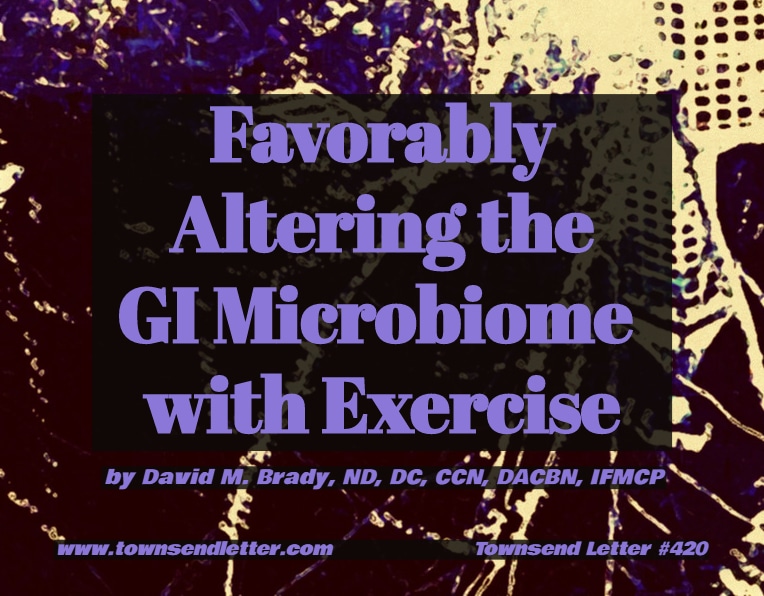REFERENCES
- Centers for Disease Control and Prevention. Overweight and Obesity. https://www.cdc.gov/obesity/index.html Accessed July 20,2020
2. Flegal KM et al. Trends in obesity among adults in the United States, 2005 to 2014. JAMA. 2016; 315: 2284-2291.
3. Sato F et al. Association of epicardial, visceral, and subcutaneous fat with cardiometabolic diseases. Circ J. 2018; 82: 502–508.
4. Nauli AM, Martin S. Why do men accumulate abdominal visceral fat? Front Physiol. 2019; 12.
5. Wang J, et al. The Relationship between gut microbiota and inflammatory diseases: The role of macrophages. Front Microbiol. 2020; 6.
6. Cao H. Adipocytokines in obesity and metabolic disease. J Endocrinol. 2014; 220: T47–T59.
7. Forbes JD, et al. A comparative study of the gut microbiota in immune-mediated inflammatory diseases-does a common dysbiosis exist? Microbiome. 2018; 6:221.
8. Cani PD, et al. Involvement of gut microbiota in the development of low-grade inflammation and type 2 diabetes associated with obesity. Gut Microbes 2012; 3:279–288.
9. Knoll RL et al. Gut microbiota differs between children with inflammatory bowel disease and healthy siblings in taxonomic and functional composition: a metagenomic analysis. Am J Physiol-Gastrointest Liver Physiol. 2017; 312:G327–G339.
10. Farup PG et al. Are Nonnutritive sweeteners obesogenic? Associations between diet, faecal microbiota, and short-chain fatty acids in morbidly obese subjects. J Obesity. 2019.
11. Casen C et al. Deviations in human gut microbiota: a novel diagnostic test for determining dysbiosis in patients with IBS or IBD. Alimen Pharmacol Ther. 2015;42:71-83.
12. Shen J et al. The gut microbiota, obesity and insulin resistance. Mol Aspects Med. 2013;34:39–58.
13. Everard A et al. Cross-talk between Akkermansia muciniphila and intestinal epithelium controls diet-induced obesity. PNAS. 2013; 110:9066-9071.
14. McNabney SM, Henagan TM. Short chain fatty acids in the colon and peripheral tissues: A focus on butyrate, colon cancer, obesity and insulin resistance. Nutrients 2017; 9: 1348.
15. Gerard C, Vidal H. Impact of gut microbiota on host glycemic control. Front Endocrinol. 2019; 10:29.
16. Yu L C-H et al. Host-microbial interactions and regulation of intestinal epithelial barrier function: from physiology to pathology. World J Gastrointest Pathophysiol. 2012; 15:27-43.
17. Barter PJ et al. Effects of torcetrapib in patients at high risk for coronary events. N Engl J Med. 2007; 357: 2109-2122.
18. Yang MH, Sung J, Gwak G-Y. The associations between apolipoprotein B, A1, and the B/A1 ratio and nonalcoholic fatty liver disease in both normal-weight and overweight Korean population. J Clin Lipidol. 2016; 10: 289-298.
19. Kastelein JJ et al. TNT study group, IDEAL study group. Lipids, apolipoproteins, and their ratios in relation to cardiovascular events with statin treatment. Circulation 2008; 117: 3002-3009.
20. Trpkovic A et al. Oxidized low-density lipoprotein as a biomarker of cardiovascular diseases. Crit Rev Clin Lab Sci. 2015; 52: 70-85.
21. Holvoet P et al. Association between circulating oxidized low-density lipoprotein and incidence of the metabolic syndrome. JAMA. 2008; 299: 2287-2293.
22. Quig DW, Zilversmit DB. Plasma lipid transfer activity. In: Olson RE, Bier DM, McCormick DB, eds. Annual Review of Nutrition. Volume 10. Palo Alto, CA: Annual Reviews, Inc.; 1990:169-193.
23. Rosenblat M et al. Anti-oxidant and anti-atherogenic properties of liposomal glutathione: studies in vitro, and in the atherosclerotic apolipoprotein E-deficient mice. Atherosclerosis. 2007; 195: e61-e68. 90.
24. Yang CY et al. Isolation, characterization, and functional assessment of oxidatively modified subfractions of circulating low-density lipoproteins. Arterioscler Thromb Vasc Biol. 2003; 23: 1083-1090.
25. Liu Let al. Apolipoprotein(a) inhibits in vitro tube formation in endothelial cells: identification of roles for Kringle V and the plasminogen activation system. PLoS One 2013; 8: e52287
26. Garcia-Gomez C et al. Inflammation, lipid metabolism and cardiovascular risk in rheumatoid arthritis: A qualitative relationship? World J Orthoped. 2014: 5; 304-311.
27. Zhao LD et al. Lipoprotein-associated phospholipase A2 in coronary heart disease: Review and meta-analysis. Clin Chem Acta. 2017; 465:22-29.
28. Hoogeveen RC, Ballantyne CM. PLAC™ test for identification of individuals at increased risk for coronary heart disease. Expert Rev of Molec Diagnos. 2005; 5; 9-14.
29. Nigro E et al. New Insight into Adiponectin Role in Obesity and Obesity-Related Diseases. Biomed Res Internatl. 2014 Article ID 658913.
30. Funahashi T et al. Adiponectin and the cardiometabolic syndrome: An epidemiological perspective. Best Prac Res Clin Endocrinol Metab. 2014; 28: 93-106.
31. Matsubara M et al. Decreased plasma adiponectin concentrations in women with low-grade C-reactive protein elevation. Eur J Endocrinol. 2013; 148: 657-662.
32. Kappela P et al. The plasma leptin/adiponectin ratio predicts first cardiovascular event in men: A prospective nested case–control study. Eur J Intern Med. 2012; 23:755-759.
33. Selvin E et al. Association of 1,5-anhydroglucitol with cardiovascular disease and mortality. Diabetes. 2016; 65; 201-208.
34. Maahs DM et al. Serum cystatin C predicts progression of subclinical coronary atherosclerosis in individuals with Type 1 Diabetes. Diabetes 2007; 56: 2774-2779.
35. Peralta CA et al. Detection of chronic kidney disease with creatinine, cystatin C, and urine albumin-to-creatinine ratio and association with progression to end-stage renal disease and mortality. JAMA. 2011; 305: 1545-1552.








